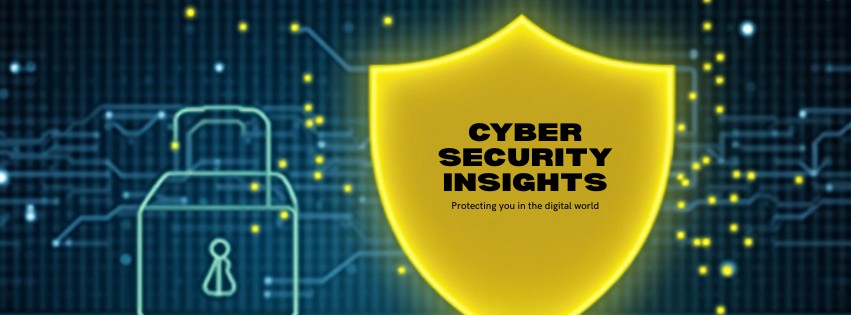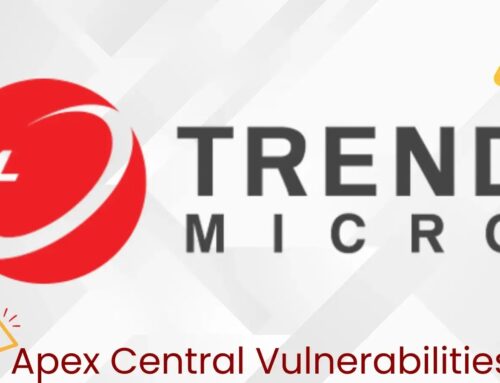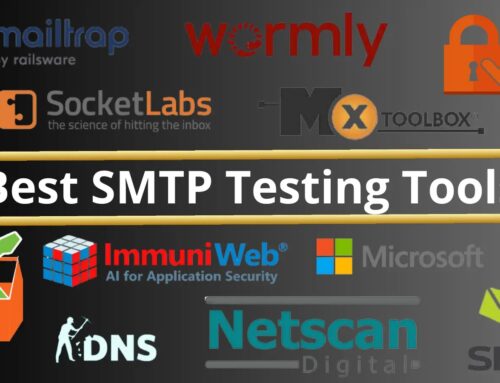
10 Best Network Security Solutions For Chief Security Officer To Consider – 2025
# Comprehensive Network Security Solutions for Chief Security Officers (CSOs)
In today’s digital landscape, safeguarding networks is more critical than ever. Chief Security Officers (CSOs) play a pivotal role in this realm, responsible for protecting their organizations from cyber threats. This blog will explore essential network security solutions, providing CSOs with the knowledge they need to enhance their cybersecurity strategies.
## Outline
1. **Introduction**
– Importance of network security for organizations
– Role of CSOs in maintaining network integrity
2. **Understanding Network Security**
– Definition and scope
– Common threats faced by organizations
3. **Key Network Security Solutions for CSOs**
– Firewalls
– Intrusion Detection Systems (IDS) and Intrusion Prevention Systems (IPS)
– Virtual Private Networks (VPNs)
– Endpoint Security Solutions
– Secure Access Service Edge (SASE)
4. **Implementing a Layered Security Approach**
– Importance of a multi-layered security strategy
– Best practices for implementation
5. **Emerging Technologies in Network Security**
– Artificial Intelligence (AI) and Machine Learning (ML)
– Zero Trust Architecture
– Cloud Security Solutions
6. **Measuring the Effectiveness of Your Network Security Strategy**
– Key Performance Indicators (KPIs) for CSOs
– Regular audits and assessments
7. **Conclusion**
– Recap of important points
– Call to action for CSOs to enhance network security
—
## Introduction
In an age where cyber threats are constantly evolving, network security stands as a critical pillar of organizational integrity. For Chief Security Officers (CSOs), understanding and implementing robust network security measures is essential to protect sensitive data and maintain operational continuity. This blog explores the comprehensive network security solutions available to CSOs, ensuring their organizations remain resilient against cybersecurity attacks.
## Understanding Network Security
### Definition and Scope
Network security is the collection of technologies and policies designed to monitor, detect, and respond to unauthorized access and attacks on a network. It encompasses hardware, software, and procedural measures to secure network integrity.
### Common Threats Faced by Organizations
CSOs must be aware of several prevalent threats, including malware, phishing attacks, ransomware, and unauthorized access attempts. Understanding these threats is crucial for implementing effective security measures.
## Key Network Security Solutions for CSOs
### Firewalls
Firewalls act as a barrier between trusted internal networks and untrusted external networks. They filter incoming and outgoing traffic based on an organization’s security policies.
### Intrusion Detection Systems (IDS) and Intrusion Prevention Systems (IPS)
IDS monitors network traffic for suspicious activity and alerts administrators, while IPS actively prevents malicious activities. Both are essential for real-time threat detection and response.
### Virtual Private Networks (VPNs)
VPNs securely connect remote users to a company’s network, encrypting data traffic to prevent eavesdropping. This is particularly important in an era where remote work is prevalent.
### Endpoint Security Solutions
These solutions protect individual devices that connect to the network, ensuring that vulnerabilities at the endpoint level do not compromise network security.
### Secure Access Service Edge (SASE)
SASE combines network security functions with wide-area networking to provide comprehensive security for users, devices, and locations.
## Implementing a Layered Security Approach
### Importance of a Multi-Layered Security Strategy
A layered approach enhances security by implementing multiple defenses against a variety of threats. Each layer addresses different vulnerabilities, providing a more comprehensive security posture.
### Best Practices for Implementation
– Regular updates and patch management
– Continuous monitoring and threat intelligence
– Employee training on security protocols
## Emerging Technologies in Network Security
### Artificial Intelligence (AI) and Machine Learning (ML)
AI and ML can analyze vast amounts of data to identify anomalies and predict potential threats, enhancing the speed and efficacy of threat detection.
### Zero Trust Architecture
Zero Trust assumes that threats can originate from both inside and outside the network, requiring strict verification for every request for access.
### Cloud Security Solutions
As organizations migrate to the cloud, integrating security measures specific to cloud environments is essential to protect data from cyber threats.
## Measuring the Effectiveness of Your Network Security Strategy
### Key Performance Indicators (KPIs) for CSOs
CSOs should track KPIs such as incident response time, number of breaches, and user awareness metrics to gauge the effectiveness of their network security strategies.
### Regular Audits and Assessments
Conducting regular security audits helps identify vulnerabilities and measure compliance with security policies and practices.
## Conclusion
In conclusion, it is imperative for CSOs to prioritize network security in their organizations. By understanding the different solutions available and implementing a layered security strategy, they can effectively safeguard their networks against evolving threats.
### Key Takeaways:
– Implement robust network security solutions like firewalls, IDS/IPS, and VPNs.
– Adopt a layered security approach for comprehensive protection.
– Leverage emerging technologies, such as AI and Zero Trust, to enhance security measures.
– Continuously evaluate your security strategy through defined KPIs and regular assessments.
Call to action: CSOs should take decisive steps to reinforce their organization’s network security. Embrace these strategies and solutions to stay ahead of potential threats and ensure the integrity of your network.





